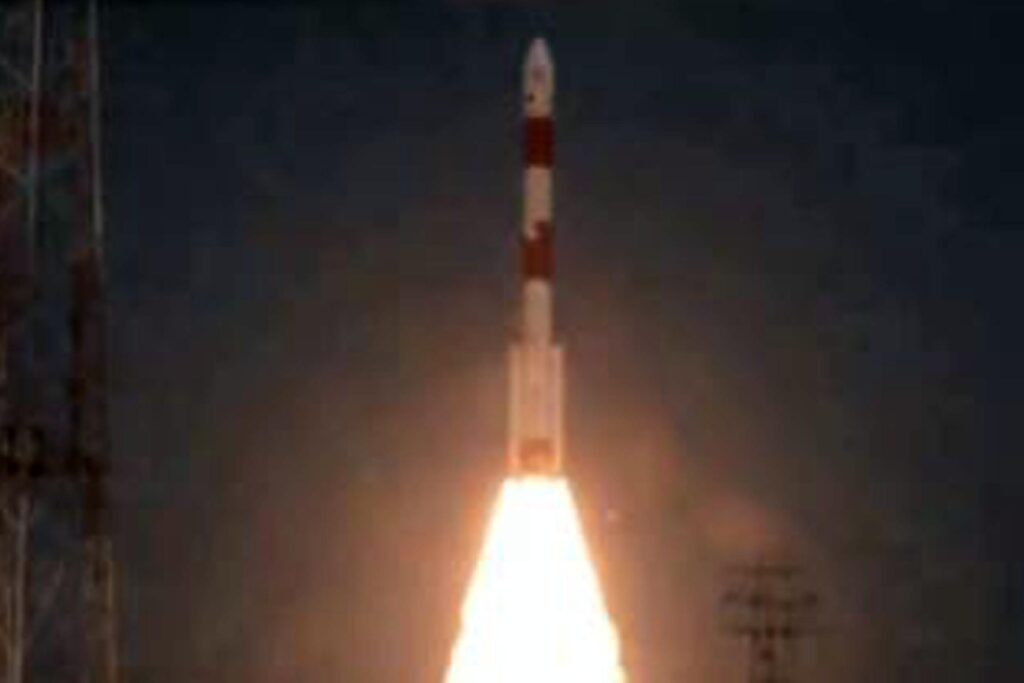
Sriharikota, Andhra Pradesh – January 1, 2024: In a historic start to the year, India’s Polar Satellite Launch Vehicle-C58 (PSLV-C58) marked the beginning of 2024 with a flawless launch, lifting off from the first launch pad at the Satish Dhawan Space Centre (SDSC). The PSLV-C58 carried the nation’s X-ray Polarimeter Satellite (XPoSat) along with 10 other experimental payloads.
The 44.4-meter tall PSLV-C58, with a lift-off mass of 260 tons, ignited its engines at 9:10 a.m., creating a stunning spectacle as it ascended into the sky. The launch, witnessed by a gathering at the viewing gallery, was accompanied by thunderous applause, symbolizing a moment of pride.
This mission holds a unique significance as it marks the Indian Space Research Organisation’s (ISRO) first space endeavor on January 1. Approximately 21 minutes into its flight, the rocket is set to position XPoSat into orbit at an altitude of around 650 km.
Following this, the rocket’s fourth stage will undergo two restarts, adjusting the orbit to a 350 km circular orbit for the execution of the PSLV Orbital Experimental Module-3 (POEM-3) experiment. This experiment, featuring 10 identified payloads provided by ISRO and the Indian National Space Promotion and Authorisation Centre (IN-SPACe), includes a diverse range of experiments.
The PSLV, known for its versatility, comes in various configurations such as Standard, Core Alone, XL, DL, and QL, with the choice of strap-on boosters depending on payload requirements.
XPoSat, a dedicated scientific satellite, is equipped for space-based polarization measurements of X-ray emissions from celestial sources. It features two key payloads: POLIX (Polarimeter Instrument in X-rays) by the Raman Research Institute and XSPECT (X-ray Spectroscopy and Timing) by the Space Astronomy Group of the U.R. Rao Satellite Centre (URSC).
ISRO outlined the three primary objectives of XPoSat, including measuring X-ray polarization, conducting long-term spectral and temporal studies of cosmic X-ray sources, and performing polarization and spectroscopic measurements in a common energy band.
Once in a 650 km orbit, the rocket’s fourth stage will be lowered to a 350 km orbit, paving the way for future atmospheric re-entry experiments. The PS4 stage will be passivated, and control will be transferred to the POEM Avionics, a 3-axis stabilized orbital platform designed for experiments to space qualify systems with innovative concepts.
The 10 payloads accompanying XPoSat originate from various institutions and private entities, including TakeMe2Space, LBS Institute Technology for Women, K J Somaiya Institute of Technology, Inspecity Space Labs Private Ltd, Dhruva Space Private Ltd, and Bellatrix Aerospace Private Ltd.
India’s successful launch of XPoSat and its companion payloads on New Year’s Day sets the stage for a promising year in space exploration and scientific research.





